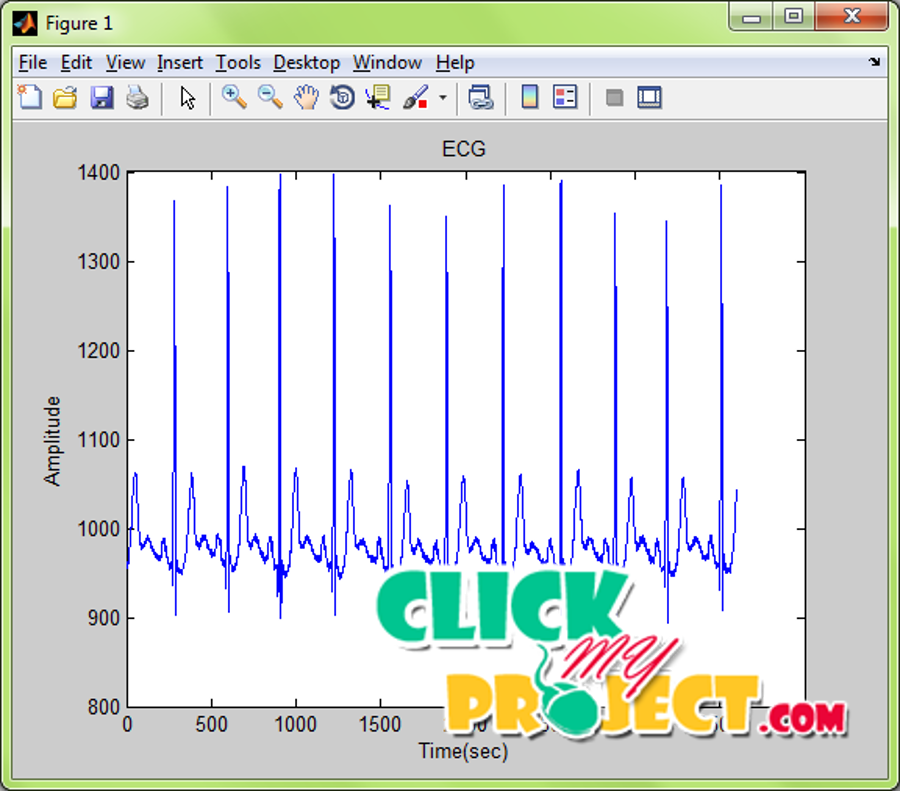Validation of the Inverse Pulse Wave Transit Time Series as Surrogate of Systolic Blood Pressure in MVAR Modeling
Our Price
₹3,000.00
10000 in stock
Support
Ready to Ship
Description
ECG signal picks up electrical impulses generated by the polarization and depolarization of cardiac tissue and translates into a waveform. The waveform is then used to measure the rate and regularity of heartbeats, as well as the size and position of the chambers. The pattern of the ECG signal for normal and the abnormal signals differs. The difference is easily understandable by the physicians. For the automatic identification of the abnormalities of the ECG signals feature values were extracted from the signals. The PPG signal is the measure of the perfusion of blood to the dermis and subcutaneous tissue of the skin. The combination of PPG and the ECG signals is employed for the identification of the abnormality in the functionality of the heart. The statistical features such as Entropy, Largest Lyapunov exponent (LLE), Detrended fluctuation analysis (DFA) and Recurrence quantification analysis (RQA) were extracted. The rr interval in the ECG signal is calculated and they were used along with the statistical features. The Pulse Wave Transmit Time which is calculated by comparing the ECG and the corresponding PPG signal were used along with the calculated features. It gives the measurement of the time taken for a signal to transmit from aorta to a peripheral artery. PWTT is measured by finding the slope of the peaks occurring in the ECG signal and the corresponding baseline of the PPG signal. The calculation of the statistical features gives the feature values for the signal. The feature values extracted were then used for the identification of the defects. The extracted values can be compared with the standard values measured for the identification of the defects. The combination of the ECG and the PPG signal can be the more reliable feature vectors for the identification of the defects. Finally the signals were classified based on the Knn classifier. The classifier identifies the diseases in the signals based on the features and the labels.




